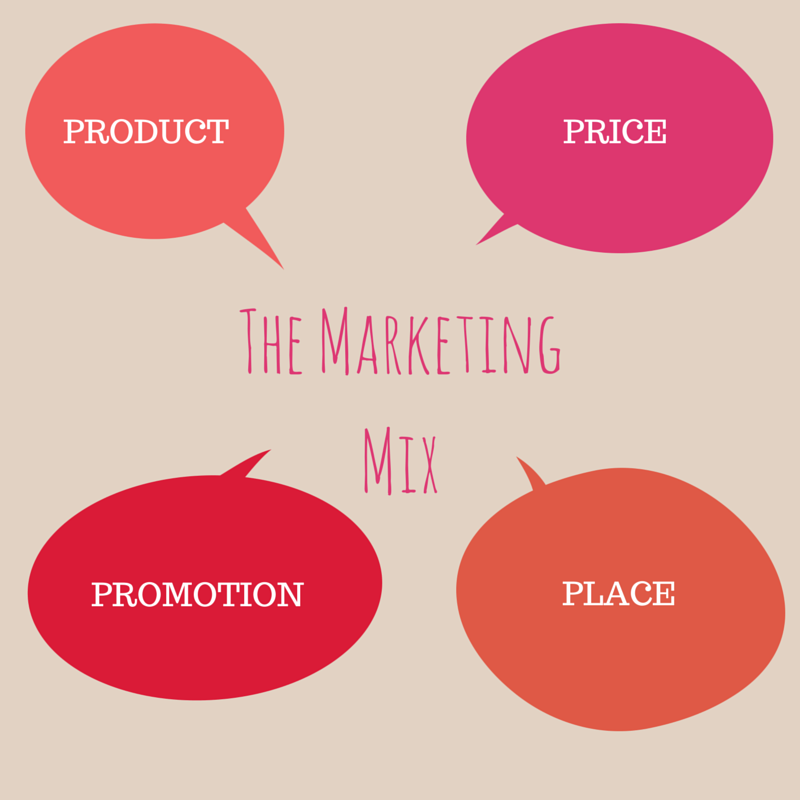So many of my favourite things begin with the letter P: puddles, peas, Pinterest, popcorn, pandas, peonies, Pembroke Welsh Corgis…
But for those of us in marketing, there’s another set of Ps we like to keep in our arsenal to call upon at a moment’s notice.
We call it the Marketing Mix, and it’s affectionately referred to as ‘The 4 Ps’.
When Lauren Allen recently presented a Threesides Lunchbox Session on the Marketing Mix, we were reminded of how important these basics are. So without further ado, here are the 4Ps:
Product
The “what you’re trying to sell” part. A product is a good or service that exists in the marketplace to satisfy customer needs. For clients like Artforme, this may be a tangible product in the form of beautiful handcrafted letterpress stationery. In other cases, it may be a service like the mentoring, counselling and in-school programs that Menslink deliver. The strategies that Threesides implements for these clients will be dependent upon the products that they deliver.
Price
The “how much?” part. The price is the dollar amount the customer is expected to pay for a product or service. Many elements affect the price, including the perceived value of the product, the cost of inputs and competitor pricing models. Price a product too high and you risk not converting interest into sales. Price a product too low and your product may be perceived as… another P word ending in “oop”. You need to get your Goldilocks on and find a price that’s just right.
Place
The “where can I get it?” part. Place determines how and where the product or service is provided to the customer, or in other words, the distribution channels. In the digital age, we’re able to not only purchase from a bricks-and-mortar shopfront, but fulfil our ASOS cravings at the click of a button. Brands are being required to be increasingly clever with their e-commerce offerings, such as Sportsmans Warehouse’s ability to pick up in store items purchased online (so you don’t have to wait!) or offering free delivery on purchases over $75. Diversifying the place in which your customers can access your products helps attract and retain customers.
Promotion
The “why don’t you tell me about it?” part. Promotional strategies and channels are developed to communicate key messages to the target audience. This can be in the form of digital channels such as websites or social media, or offline advertising such as print collateral or PR activities. The ‘Wild About Whales’ campaign with NSW National Parks is a great example of promotion performed over several channels to deliver outstanding results.
Change one element of the mix and you’ll end up with a different result, it’s as simple as that. Threesides loves finding innovative ways to combine the different elements of the marketing mix, just look at some of the work we’ve done for our clients over the years.

